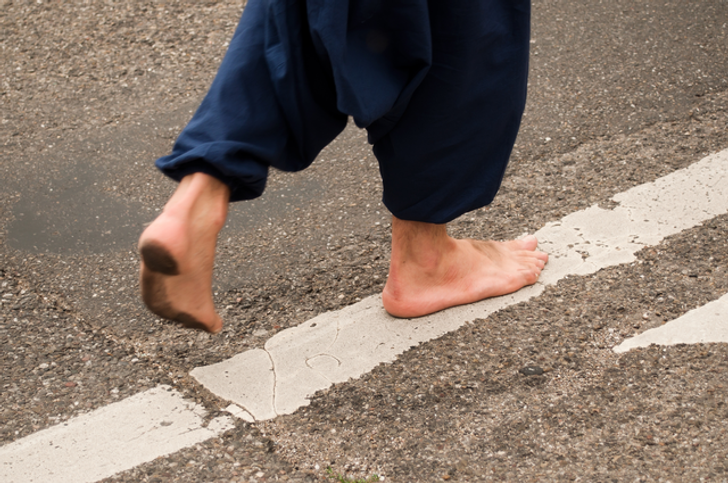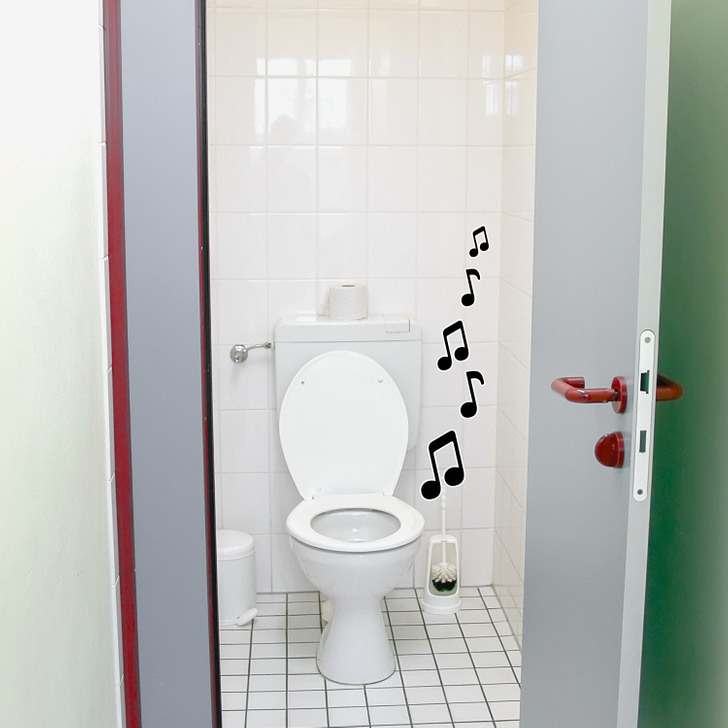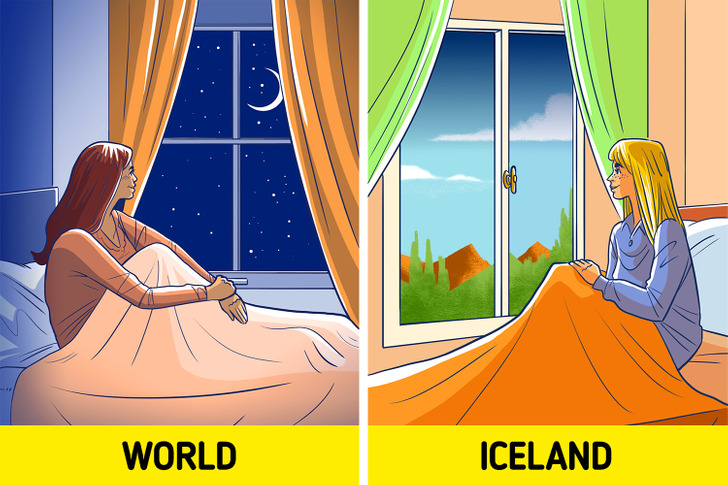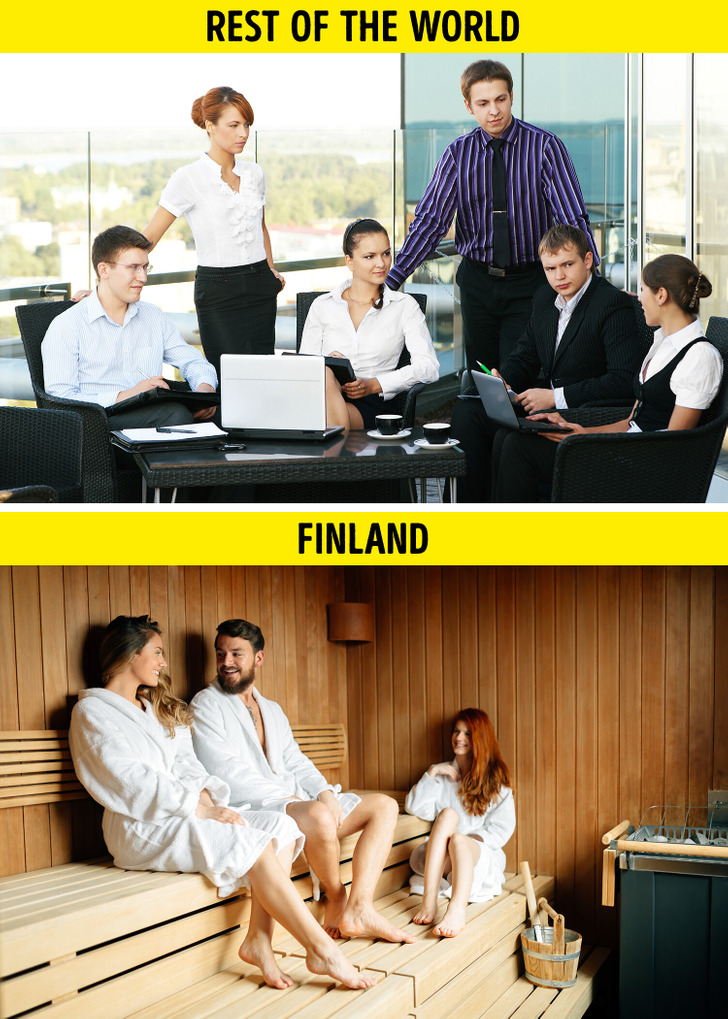What 13 TV and Movie Duos You Loved as a Child Look Like Today


A nation’s history, geography, language, and the values of its people, all contribute to its unique culture. And apart from discovering a country’s traditions, it’s also interesting to see events or things that they have which are not so common on our side of the world. We’ve gathered a few curious facts from around the globe, and we hope they will help build a deeper appreciation for each country’s identity.
South Korea follows a different age counting system. If a baby is born on December 31, they will be 1 day old on January 1 of the next year. Meanwhile, if a baby is born on the last day of the year, they are considered 1 year old; on the first day of the New Year, January 1, they will turn 2 years old. For official government documents, legal procedures, and age limits on beginning school, the international system is used, which is the one we are all so familiar with.
Wedding rings are usually worn on the fourth finger of the left hand in the United States and many other Western countries. Indian tradition says it’s worn on the right hand because the left hand is considered dirty.
However, married women in India wear jewelry on more than just their hands. They put them on their feet as well. Hindus have a practice of using a toe ring called Bichiya. It’s put on the second toe of both feet.
Pottery is smashed at the couple’s home, and it is believed to bring good luck.


Some Japanese women can get embarrassed that they can be heard by others while being in the toilet. To reduce this stress and cover the sound, engineers created a device that produces the sound of flushing water without the need for actual flushing, so there is no water waste.

In a number of Middle Eastern countries, greeting someone or eating with one’s left hand can be considered rude and unsanitary. Since the left hand is used to clean oneself after going to the bathroom, it’s seen as the dirty hand is never used at the dinner table or to greet friends.

Around the summer solstice, in North Iceland and the Westfjords, the sun is visible for 24 hours. In Reykjavík (the capital of Iceland), on the other hand, the sun sets for a few hours, but the sky doesn’t get dark, which allows them to even read a book outside in the middle of the night.
After a few days, she’s joined by her mother and other family members to show joy for her future marriage.


What’s a special thing your country has that you haven’t seen anywhere else?











